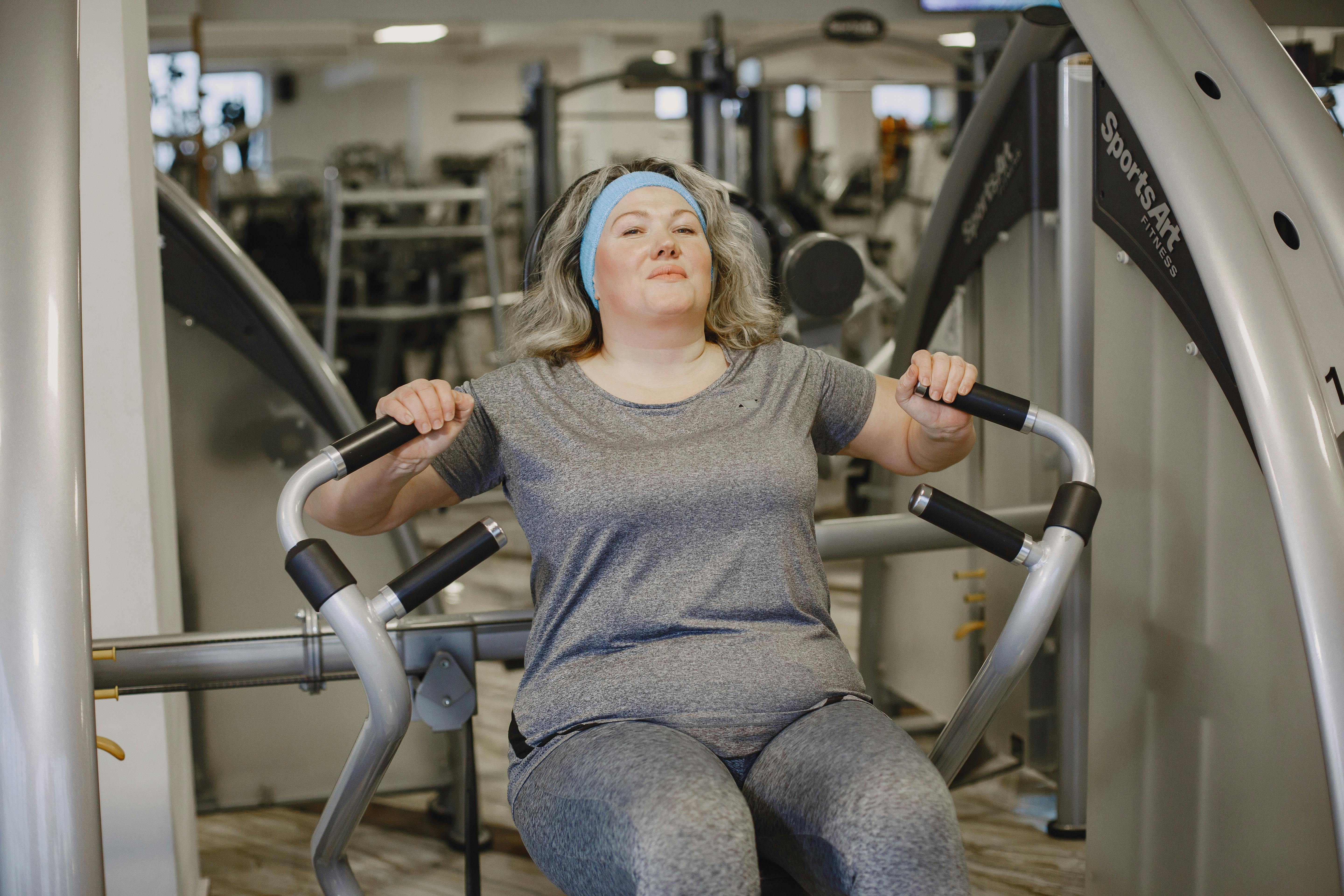The Zone Diet is based on the premise that achieving “hormonal balance” by consuming the ideal ratios of carbohydrates, proteins, and fats at every meal and snack is the most effective way to help the body properly digest and utilize nutrients. ingested food. The diet was developed and popularized by a biochemist, Barry Sears Ph.D., who refers to this optimal functioning as being “in the zone.” This is what led to his diet program being called the “Zone Diet.”
Sears believes that being “in the zone” increases overall energy levels while increasing mental and physical performance. Ultimately, Sears says that the Zone Diet helps fight aging-related problems, prevents chronic cardiovascular disease, and promotes effective, long-term fat burning.
How does the zone diet work?
The idea behind the Zone Diet and why it works according to Dr. Sears is due to the interaction of food, the hormones insulin and glucagon, and certain hormone-like compounds known as eicosanoids.
Sears believes that when blood glucose levels rise due to excessive consumption of foods containing low-glycemic carbohydrates, the cells of the pancreas release the hormone insulin. Insulin then signals the body’s cells to absorb excess glucose from the bloodstream and store it as glycogen in the liver and muscle cells or as fat in fat cells (adipose tissues).
However, when blood glucose levels drop, different cells in the pancreas release the hormone known as glucagon. Unlike insulin, glucagon gives a reverse instruction to the liver and muscle cells to release glycogen and convert it back to glucose for the body to use. If glucose levels continue to be significantly low, the body eventually turns to burning fat stores for energy.
According to Dr. Sears, biochemically, carbohydrates stimulate insulin production while protein stimulates glucagon production. Therefore, the interaction between these two hormones and the type of food intake that triggers their release by the body is important science behind Dr. Sears’ Zone Diet.
Therefore, Dr. Sears’ suggestion is that dieters should eat the correct ratio of carbohydrates, proteins, and fats in order to effectively regulate their blood insulin levels and, as a result, reduce the propensity for body to store glucose as fat in the body. .
Based on its recommended food intake, the Zone Diet is generally considered a high-protein, low-carbohydrate diet, as it promotes the intake of 40% carbohydrates, 30% protein, and 30% fat, for what is known as the 40-30 diet. -30 flat.
Determination of proportions 40:30:30
The Zone Diet is a highly structured diet given the fact that dieters are given specific instructions to maintain the nutrient ratios of 40% carbohydrates, 30% protein, and 30% fat at each meal and snack they eat. they take.
To determine this nutrient ratio, the dieter bases the amount of food to be consumed in relation to the dieter’s protein needs. An individual’s need for protein is calculated based on the person’s height, weight, hip and waist measurements, and also activity level.
The results of the individual’s protein requirements are then used to effectively determine the amount of carbohydrates and fats to allow in the diet to maintain “balance” in the body’s hormonal secretion. Normally the result of this calculation is a daily diet that ranges between 1,100 and 1,700 calories.
Zone Diet Foods
The Zone diet classifies foods as “good” or “bad” and therefore requires the dieter to ensure that each meal comes from the “good” foods to offset the 40 macronutrient ratio -30-30.
Essentially, the Zone Diet recommends that 40% of calories in each meal or snack come from natural and complex carbohydrates, 30% from lean protein sources, while the remaining 30% from healthy unsaturated dietary fats.
Good carbohydrate sources allowed on the Zone Diet include very small amounts of grains, non-starchy vegetables, oatmeal, barley, and some fruits. They should generally be natural, complex, and unrefined.
Protein sources that the diet considers “good” include lean chicken, turkey, and other poultry, as well as shellfish and egg whites.
Allowable fats are small amounts of canola and olive oil, as well as low-fat or fat-free dairy products. Dr. Sears strongly recommends intake of adequate amounts of the essential fatty acids – Omega-3 and Omega-6, and in fact, the popularity of pharmaceutical-grade omega-3 fish oils is particularly credited to him.
However, the following types of “bad” foods – according to the Zone Diet – are strictly prohibited: red or fatty meats; whole milk dairy products; bread, rice, cereals, and most baked goods; egg yolks and potatoes; certain fruits and vegetables such as carrots, bananas, papaya, mango, corn, fruit juices in general and many other fruits.
The goal of the Zone Diet, unlike most other diet programs, is more to help dieters reduce body fat than to achieve a particular body weight. Therefore, the diet aims to help men have only about 15% body fat and women to have 22% body fat.
The Zone Diet has also received its fair share of criticism from nutritionists and dieticians alike. While most agree with the 30% fat intake ratio, many disagree on the other two nutrients, with some considering the 30% protein ratio to be too high and the 40% carbohydrate ratio to be too high. Too low. Other experts view Dr. Sears’ theory on insulin as flawed, arguing that there is as yet no substantial scientific evidence to verify the role insulin plays in weight regulation.
Nonetheless, most celebrities can swear by the results they have achieved by making use of the Zone Diet and this is perhaps why the Zone Diet is often considered a “celebrity diet”. On the other hand, some health experts and celebrities are of the opinion that the Zone Diet recommendation does not stray too far from the Dietary Guidelines for Americans.
Of equal importance is the fact that the popularity of the program has grown in part due to the inclusion of Zone Diet foods on the menu of many restaurants. In addition, the company has developed a Zone meal delivery program for those who do not have time to prepare their meals themselves or have difficulty preparing them.




Recent Comments